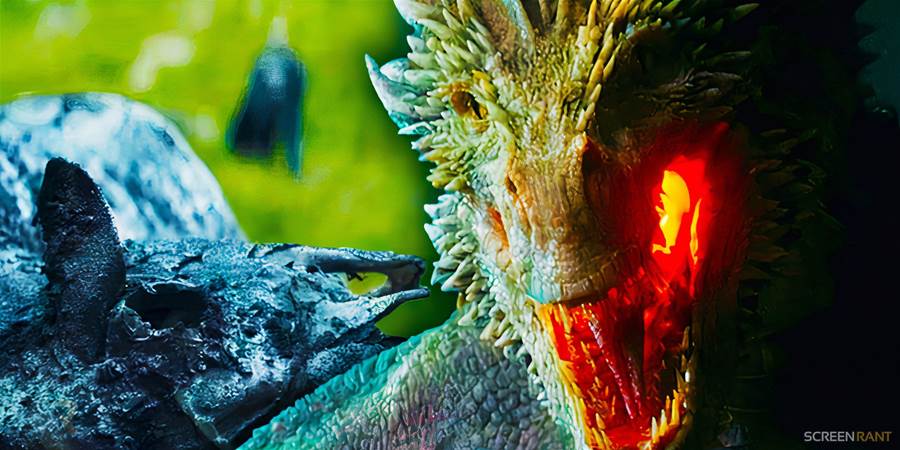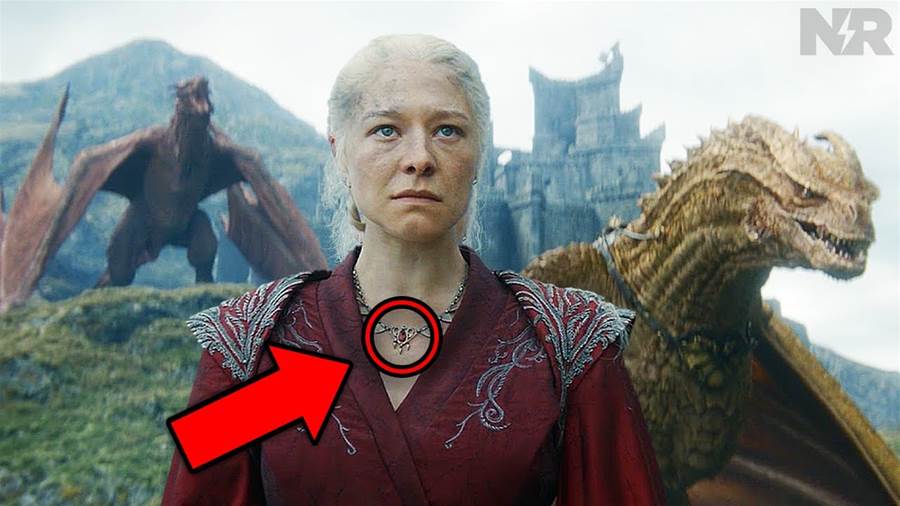
The allure of the world of Westeros is undeniable, drawing fans into a realm where dragons soar, and political intrigue intertwines with mythical lore. George R.R. Martin's "Fire & Blood" has been a cornerstone for enthusiasts, setting the stage for the epic narratives of "House of the Dragon." This prequel series, delving into the rich tapestry of Targaryen history, has not only captivated audiences but also sparked fervent discussions and debates. As the second season unfolds, the show continues to surprise and challenge the expectations set by its literary predecessor.

"House of the Dragon" serves as a prequel to the widely acclaimed "Game of Thrones," focusing on the tumultuous history of House Targaryen. The series is rooted in Martin's "Fire & Blood," which chronicles the rise and fall of the Targaryen dynasty, providing a detailed account of their reign over Westeros. The adaptation, however, brings its own twists and interpretations, often diverging from the source material in ways that both intrigue and confound its dedicated fanbase.
This dynamic interplay between book and screen has been a significant factor in the show's ongoing popularity.
Season 2 of "House of the Dragon" has been particularly notable for its bold narrative choices and character developments. The introduction of new dragons and the exploration of their lore has added depth to the story, enriching the mythos of Westeros. Among these developments, the appearance of a wild dragon in the Vale of Arryn has stirred significant discussion. This particular plot point stands out not only for its dramatic impact but also for its deviation from established lore as detailed by Martin.
The depiction of this dragon, likely Sheepstealer, hunting for food in the Vale, raises questions about the show's adherence to the rules set forth in "Fire & Blood."
The divergence from Martin's rule about dragon behavior is a critical focal point for both book readers and show watchers. According to a recent post by Martin on his blog, dragons in Westeros seldom wander far from Dragonstone, their primary lair. He emphasized that even the wild dragons mentioned in "Fire & Blood" have lairs on Dragonstone, rarely venturing out unless under extraordinary circumstances.
This context makes the show's portrayal of a wild dragon in the Vale particularly intriguing. The choice to depict Sheepstealer in this way suggests a deliberate narrative decision, one that hints at broader implications for the series' direction.
Breaking Martin's Rule: The Wild Dragon in the Vale
Major Revelation
In the episode titled "Smallfolk," viewers witness a wild dragon, presumed to be Sheepstealer, appearing in the Vale of Arryn. This development directly contradicts Martin's assertion that dragons would not roam such areas independently.
The presence of Sheepstealer, a dragon known for its fierce independence and eventual bonding with the character Nettles, adds a layer of complexity to the story. This portrayal raises the stakes, setting the stage for future conflicts and alliances that may reshape the narrative landscape of "House of the Dragon."
Character Implications
The introduction of Sheepstealer also signals potential changes in character arcs, particularly concerning Rhaena Targaryen. In "Fire & Blood," Nettles, a significant character, tames Sheepstealer, showcasing her unique connection with the dragon.
The show's deviation suggests that Rhaena might take on aspects of Nettles' storyline, a move that could alter the dynamics among the key players in the Targaryen civil war. This shift not only adds a fresh perspective to the adaptation but also keeps viewers on their toes, anticipating how these changes will unfold.

The Broader Impact
Narrative Tension
This adaptation choice creates a tension between the book's canon and the show's interpretation, sparking discussions among fans and scholars alike.
While some may view this as a breach of fidelity to the source material, others appreciate the creative liberty taken by the show's writers. This tension underscores the challenges inherent in adapting complex literary works for the screen, where visual storytelling often necessitates alterations and reinterpretations.
Future Storylines
As the series progresses, the introduction of Sheepstealer and the potential sidelining of Nettles opens up new narrative pathways. These changes could lead to unexpected alliances, betrayals, and power shifts, enriching the tapestry of the story.
Fans are left speculating about the fate of their favorite characters and the ultimate resolution of the Targaryen conflict.
Invitation to Share Opinions
"House of the Dragon" continues to be a topic of vibrant discussion within the fan community. The show's willingness to diverge from "Fire & Blood" invites viewers to engage with the narrative on multiple levels, comparing and contrasting the adaptation with its source material. We encourage fans to share their thoughts and theories about these developments.
How do you feel about the introduction of Sheepstealer in the Vale? What implications do you foresee for the characters involved? Join the conversation and let your voice be heard as we delve deeper into the world of Westeros together.
The article is not finished. Click on the next page to continue.
Next page


















